Kinetic Sculptures Based On The World Around Us

Art takes many forms, shapes and sizes. There are endless mediums through which artists can express themselves. Traditional sculptures lack motion and interaction between the forces around them. What makes kinetic sculptures interesting is that they address our curiosity regarding how they operate as well as their specific purpose, which these featured artists can explain.
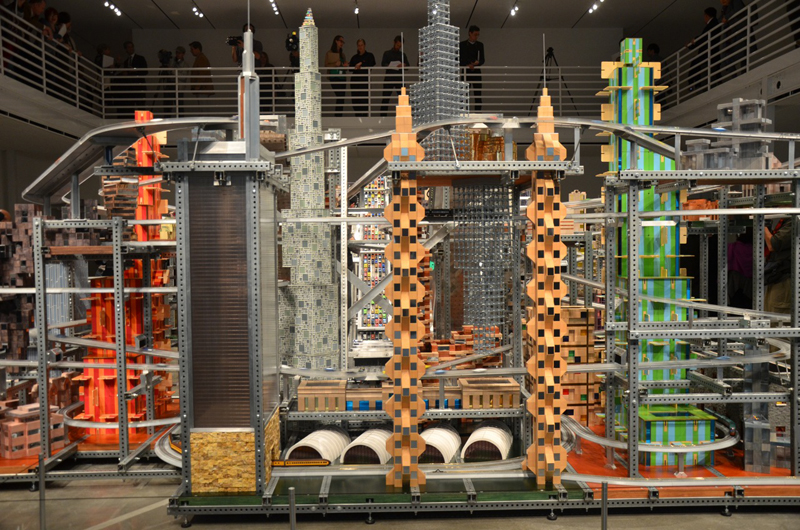
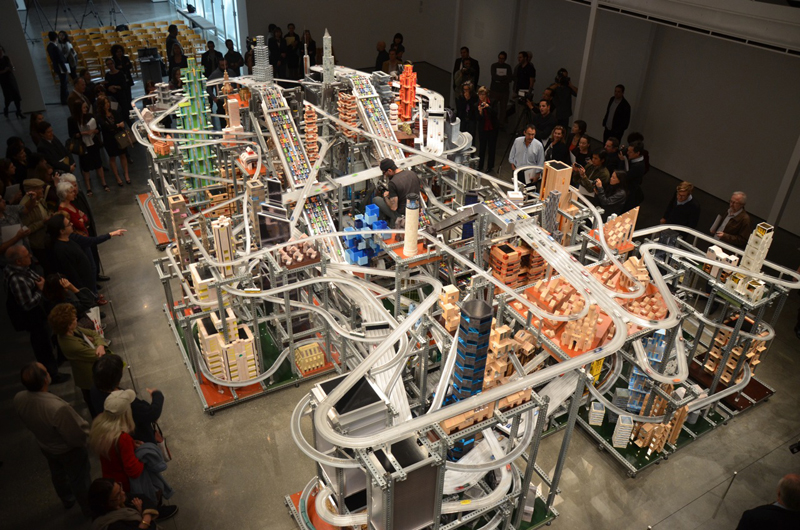
Chris Burden’s Metropolis II model is composed of miniature roadways, a freeway and train tracks that weave in and out of a modern city. For every hour the sculpture runs, approximately 100,000 cars have circulated through the system. Despite its careful planning and intricate layout, Metropolis II still needs to be monitored for miniature car accidents that can lead to pile-ups and train derailments. Burden states that, “The noise, the continuous flow of the trains, and the speeding toy cars produce in the viewer the stress of living in a dynamic, active and bustling 21st century city."
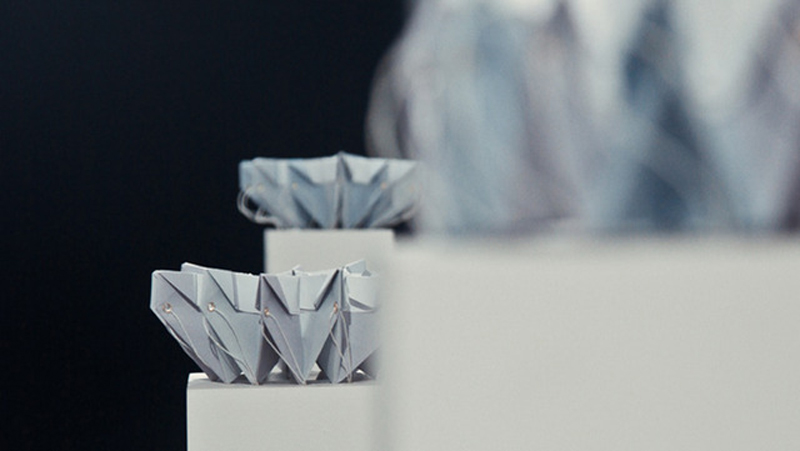

“New media art often gives people an impression of coldness. But we want to create something that is alive when we make art,” said artist Keith Lam. His kinetic sculptures are based upon the touch-me-not flower, which shrinks after being touched. What makes the sculpture reactive is dozens of geometric origami parts that are reactive to touch. Lam also states, “By creating a conversation between men and objects, we hope the viewer can use a different way of thinking about life’s origin and its various forms, as well as to show a more fleshy and warm side of new media art.”
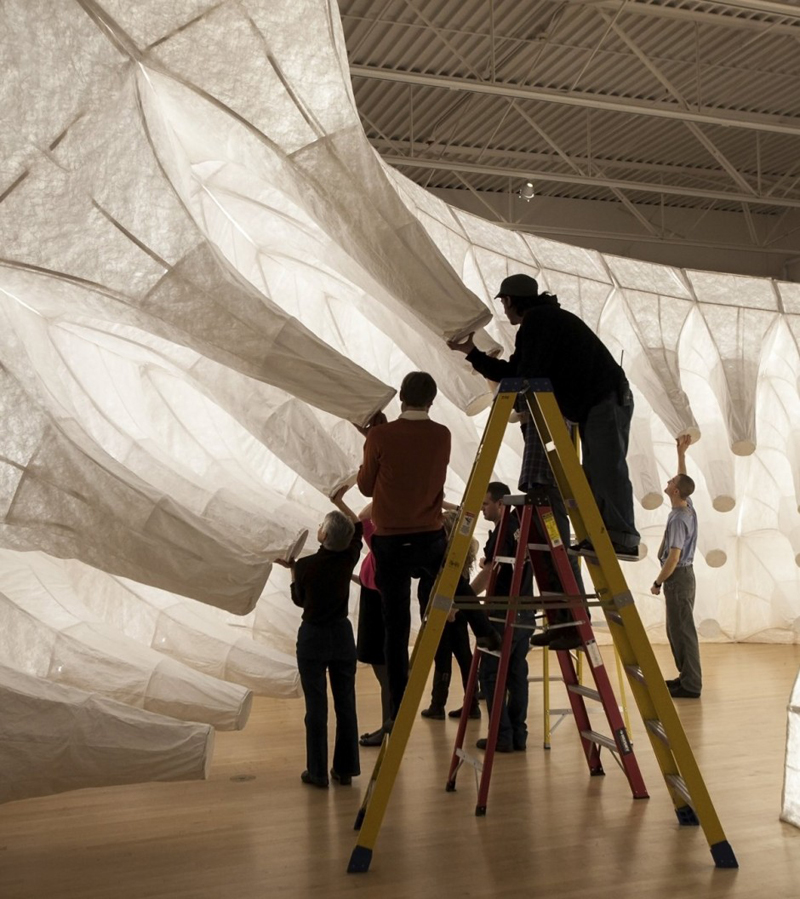
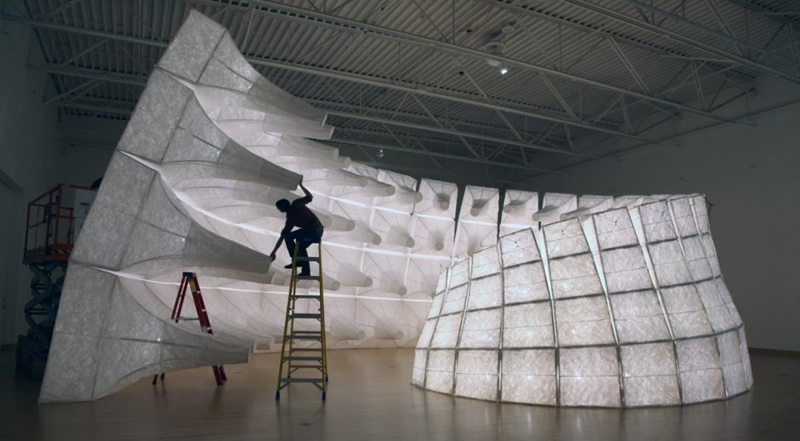
The Capacitor by John Grade is a large, coil-like installation that resembles a microscopic marine plant called a coccolithophore. Sensors on the roof above the installation transmit data on wind direction and temperature, which are relayed to sensors in the sculpture. As the direction and/or temperature change, the coil moves and luminosity changes. Grade says, “I was interested in gauging something that was going on with the weather and bringing it into the gallery so that people could experience it viscerally and on a different time scale."
Kinetic sculptures are different than traditional sculptures in that they have a function that is dependant on forces around them. They are complex in nature and represent an artist's curiosity or fascination with an object, idea, science or phenomenon around them.
Images and info courtesy of (C) The Family Savvy, Keith Lam and Contemporist
